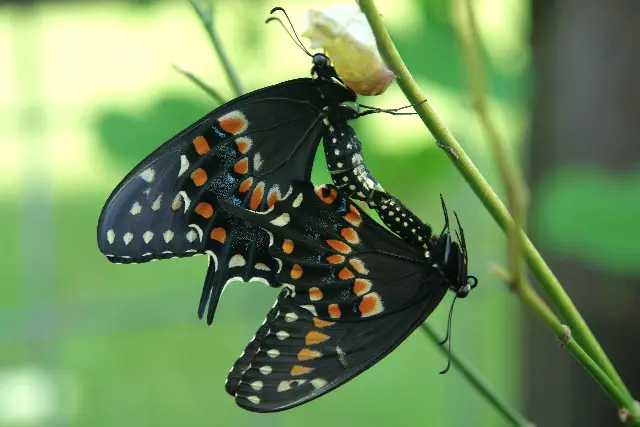Last Updated on July 9, 2023 By Emma W. Thomas
The little black creatures in your house could be drain flies other than moths. Their presence could mean you have clogged or leaky pipes that provide food and conducive breeding environments. You can get rid of these flies by fixing all drainage issues to keep your place dry.
Decaying organic matter in your house and the condensation tray beneath your refrigerator is also an attraction for drain flies. Getting rid of drain flies can be pretty easy if you have the knowledge and determination.
This article looks at what attracts drain flies, how to get rid of drain flies naturally, and how to use chemicals to eliminate them. We also take you through different types of moths, how to identify them, and how to remove moths from your home. Read on!
What attracts drain flies in your house?
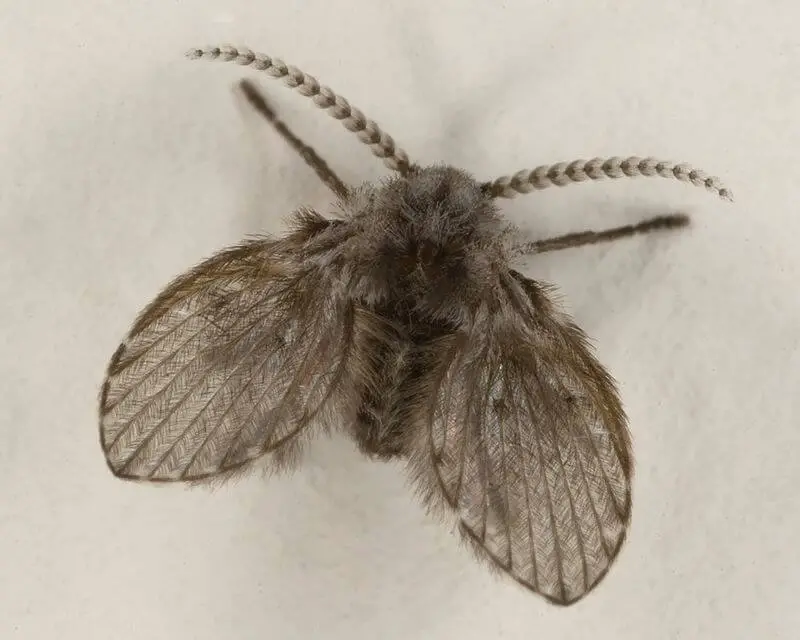
Having stagnant water in your house is a suitable attraction for drain flies and insects. This water could be in your bathtub, drains, or sinks that you rarely use, especially in the basements, septic tanks or sewers. Since drain flies love laying their eggs in moist places, your compost piles, trash bins, and wet mops could also attract these organisms.
Besides breeding in wet areas, drain flies feed on the organic matter around sewages, garbage, and compost piles.
How can you get rid of drain flies naturally?
You can eliminate the drain flies from your home using natural methods. But, what you choose depends on how severe the problem is. Natural methods are preferable when it comes to pest control at home as they are not harmful to humans and pets. Unless the infestation is extensive, it is better to avoid the chemicals. Below are the common natural ways to use them;
Try hot or boiling water
Drain flies are tiny creatures that cannot withstand the high temperature of boiling or hot water. Pouring hot water in the drainage pipes can help kill the flies and any eggs or larvae inside these pipes. If the pipes are made of materials that can cope with boiling water, then this will be the best option to eliminate all of them.
Be sure to pour the boiling water into every area that could attract the flies. These areas include your kitchen sinks and bathtubs. For better results, you can first clean the spots using a cleaning detergent. Doing this helps to destroy any breeding sites and prevent a re-infestation.
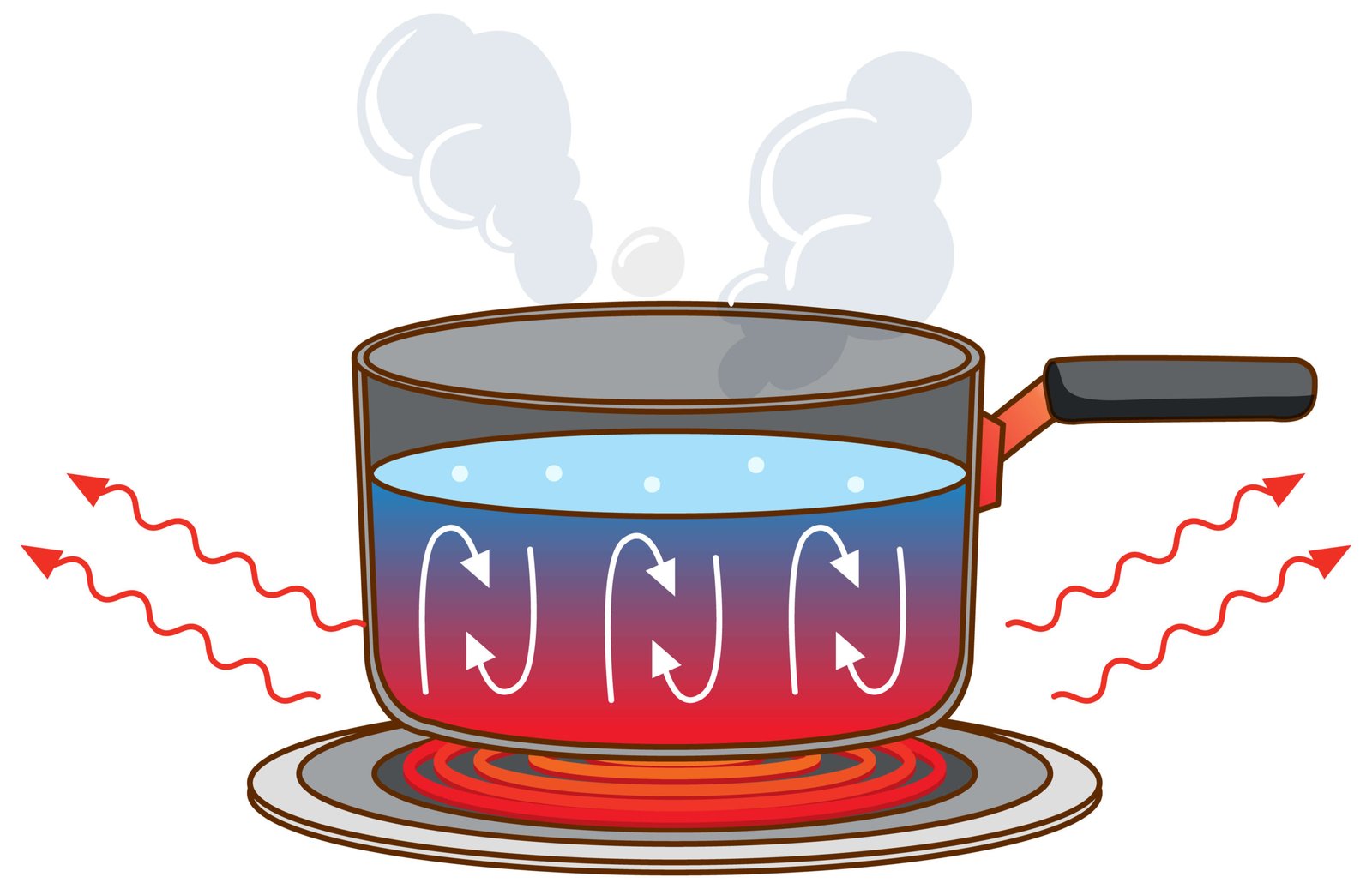
White vinegar
Vinegar is an inexpensive natural product that is available in almost all kitchens. It is also helpful in eliminating most household pests, including drain flies. You can follow the above procedure by pouring white vinegar down the drain pipes to kill any larvae or eggs that may have escaped hot water.
Vinegar and baking soda mixture
A mixture of vinegar and baking soda is another alternative that works wonders in pest control, including that of drain flies. Pouring half a cup of baking soda followed by a cup of vinegar down your drainage causes a fizzling reaction inside the pipes. Any larvae and eggs will die from this reaction.
Using a trap
You can make a trap to attract as many drain flies as possible, causing them to die. One way of making a trap is to cover a large bowl with plastic wrap and placing a few drops of apple cedar vinegar (about one inch) at the bottom. You can then make tiny holes at the top of the plastic wrap. Ensure that the holes allow the flies to get in, and not out.
Place this trap near the drain and leave it for a few days to attract the flying creatures and suffocate them to death. You can also seal the drainage pipe with duct tape to help catch the drain flies attempting to get onto the surface.
While using a trap helps to kill and eliminate the adult drain flies, it will not deal with the larvae and eggs. You may need to follow this method with any of the above procedures to deal with the menace more effectively.
How to eliminate drain flies using chemicals
Natural methods are safer when dealing with pests, including drain flies. But, if the infestation is extensive, you may need to use chemicals to tackle the problem. You can purchase pest-control products from a home improvement store near you. Make sure that you read the label carefully before using the substances and follow the instructions.
Most chemical repellents and sprays that kill insects and other pests can also work on drain flies. It is, however, necessary to check if you can use them in all areas of your home, especially the kitchen, to avoid their harmful effects.
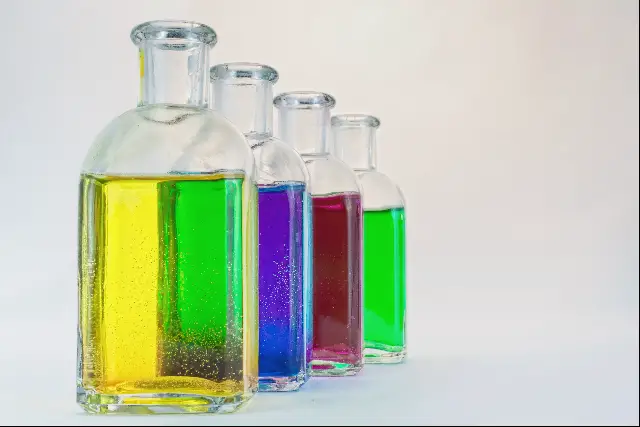
What are the different types of moths, and how do you identify them?
Different types of moths can infest your home. Before choosing the most suitable method to eliminate moths from your home, it is best to know what you are dealing with. This table summarizes the common types and how to identify them.
| Moths | Common types | Where found | What they eat |
| Pantry moths | Brown house and Indian meal moths | In the kitchen pantry or where you store dry foods and grains | Dry foods such as rice, cereals, nuts, chocolate |
| Clothes moths | Webbing and casemaking clothes moths | Found in dark areas such as closets, attics, and wardrobes. | Natural fibre such as wool, linen, fur, and silk |
| Little black moths (drain moths/moth flies) | – | Wet areas such as sewer, drain pipes, kitchen sinks, or bathtubs | Organic matter found in stagnant water such as sewage, or in the garbage |
How do you get rid of the pantry and clothes moths from your home?
It is easy to mistake moths for harmless creatures, mainly due to their tiny bodies. But, leaving them in your house can cause unimaginable damage. The good news is that you can eradicate the menace using simple and inexpensive methods. The following steps are worth following;
Know the type of moths in your home
Before you can even think of how to remove moths from your home, it is advisable to identify the type in your home. If the moths fly near your closet, wardrobe, or clothes, then they are clothes moths. If, on the other hand, you find them in your kitchen pantry, grocery store, or other dry foods, then know that you have pantry moths.
You can also identify the type of moth infestation in your home by looking at their bodies closely. Pantry moths are larger than their clothes counterparts (about double the size). Clothes moths have tiny tufts of hair, while pantry moths have none when you look at them under a microscope.
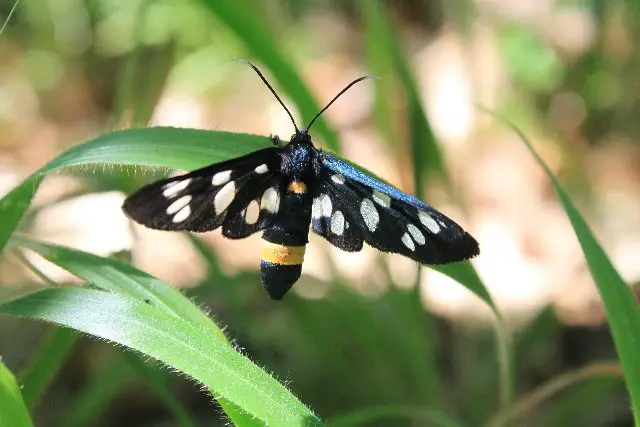
Clean the infested areas of your home
After identifying the type of moths in your home, it is time to thoroughly clean. For pantry moths, you can follow these steps;
- Start with removing all the trash bags from the house
- Remove any contaminated food from your home and throw it away
- Vacuum your home thoroughly, including the walls, carpets, and baseboards. Be sure to clean even the hard-to-reach places such as corners and edges
- Throw away the vacuum bag or empty the dust cup. You can use warm water and soap to clean the dust cup to kill any larvae or eggs
- Mix soap and water in a bucket and use it to clean and scrub the shelves and walls (you can use a piece of cloth and brush to do this)
- Wipe the frames using a clean cloth or towel dipped in a solution of water and vinegar. The mixture should be 50 volumes of water and 50 volumes of vinegar for better results
- Keep the dry foods in an airtight plastic or glass containers
If you have clothes moths in your home, follow these steps;
- Start by cleaning all the clothes in your closets and wardrobes. Check the care labels and see which clothes to clean with hot water and detergent, and wash them thoroughly
- For clothes not washable with hot water, you can use warm water and detergent. You may also dry clean the clothes to debug them
- Dry the garments on medium to high heat. Doing this helps to kill any larvae that could be hanging on the clothes
- Store the dry clothes that you rarely use in airtight boxes or zippered plastic bags to deter any moths.
Practice hygiene
As already seen, moths invade your home when you provide them with conducive environments to feed on and breed. By cleaning your house and vacuuming it regularly, you will deny them the reason to come to your home. Make sure that you have no damp clothes in your closets, your kitchen shelves are clean all the time, and that there is no access to your food for the insects.
Always wipe the surfaces to remove any fibers, dust, and food crumbs that may attract moths into your house. Do not keep wet mops and buckets in your home. Always throw away garbage and keep the bins clean.
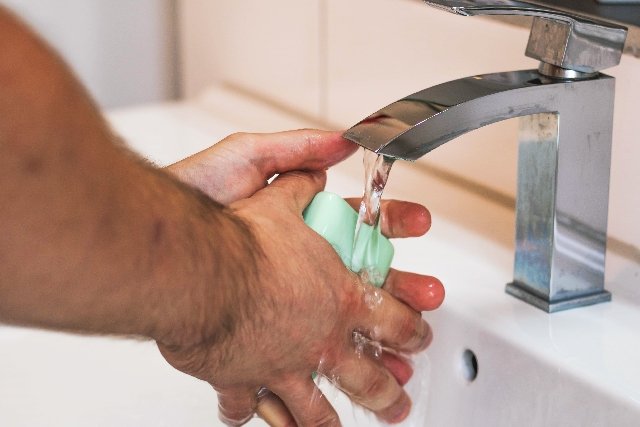
Key insights and highlights
It is easy to mistake drain flies in your home for little black moths. Before looking at ways to remove them, first identify the creatures and use appropriate methods to deal with them. Other types of moths could infest your home, and you can use both natural and chemical products to kill them.
But, the overall hygiene of your home helps to deal with this problem once and for all.
References:
https://www.thisoldhouse.com/pest-control/reviews/how-to-get-rid-of-drain-flies
https://www.today.com/home/how-get-rid-moths-house-t166385
Emma is a graduate of Domestic Science or Family and Consumer Sciences (Home Economics) from the University of Wisconsin. She has 7 years of experience Working with the strategic section of BestBuy and now writing full-time for Homeeon.
From Managing the Home, Interiors, Cleaning, and Exteriors to Gardening and everything about Making A Home Liveable – is her passion and this Homeeon is the result of this.
Emma loves decorating her home with the best stuff found online. She cares about quality over anything and writes reviews about them here in Homeeon. Get in touch with her over Pinterest.
Keep reading her blogs.

